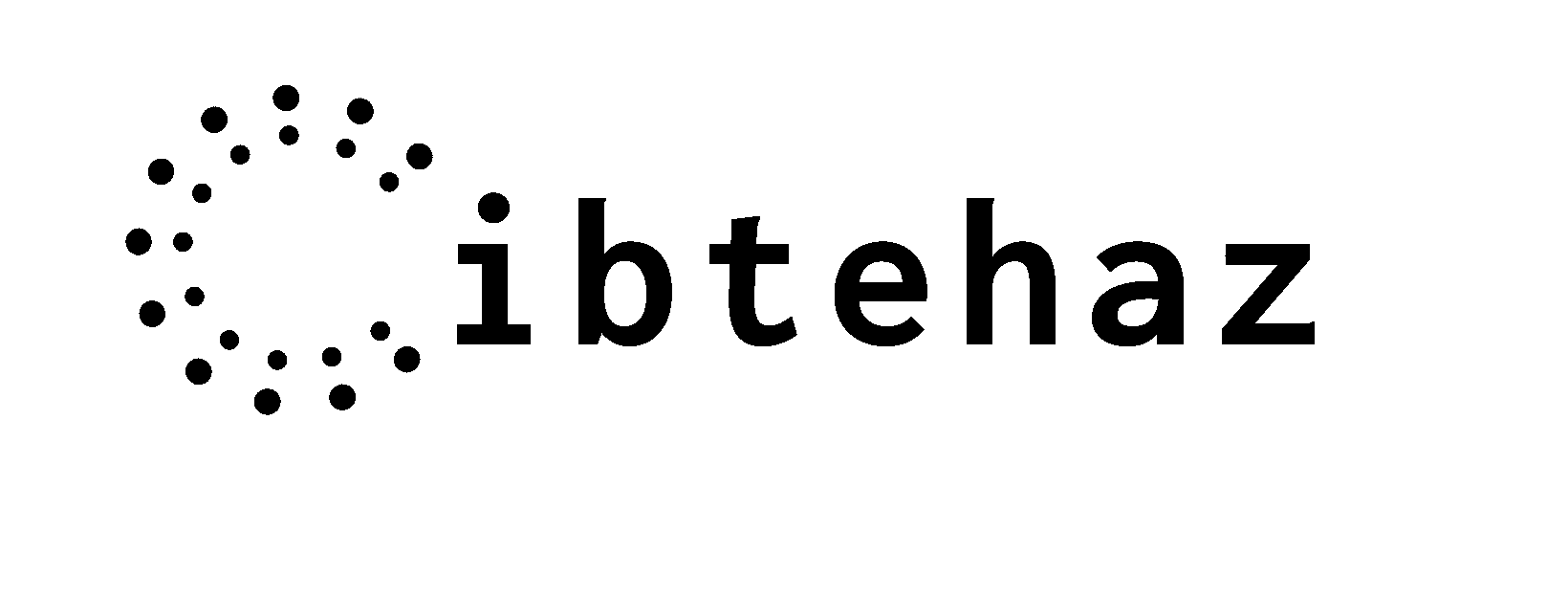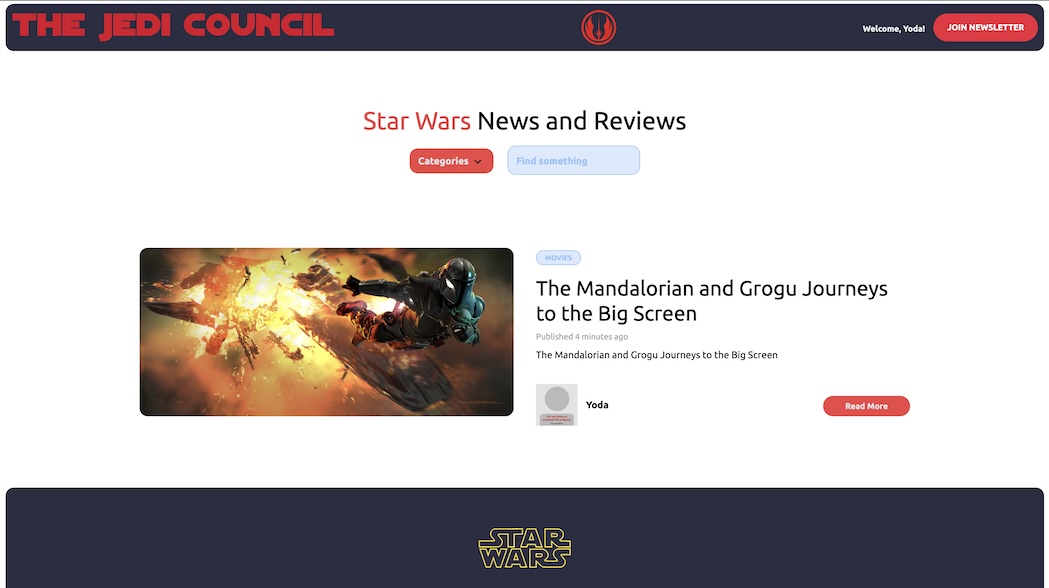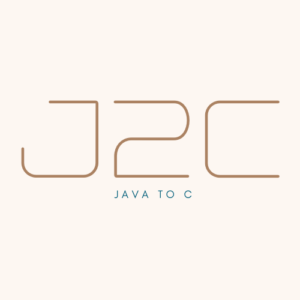In a galaxy not so far away, “The Jedi Council” was born—a Star Wars-themed blog engineered to bring the latest franchise news, film reviews, and community discussions to fans worldwide. Developed as a two-person project during my final semester for COMP 584: Advanced Web Engineering, this Laravel application was designed with a focus on robustness, scalability, and a seamless user experience.
Leveraging Laravel for Efficient Development
Laravel served as the backbone of “The Jedi Council”, allowing us to implement a structured MVC (Model-View-Controller) architecture. The framework’s built-in routing and dependency injection made it straightforward to manage the dynamic content and complex interactions that a blog requires. By leveraging Laravel’s Eloquent ORM, we efficiently handled database interactions, ensuring that data management—from user comments to admin posts—was both secure and performant.
Styling with Tailwind CSS
To match the epic nature of Star Wars, we utilized Tailwind CSS to create a clean, responsive design. Tailwind’s utility-first approach allowed us to rapidly prototype and refine the blog’s interface, ensuring a cohesive look across all devices. This resulted in a visually appealing site that is as functional as it is aesthetically pleasing.
Deploying on Heroku
Deploying “The Jedi Council” on Heroku allowed us to focus on development without worrying about server management. Heroku’s seamless integration with Git made continuous deployment effortless, while its scalable environment ensured that the blog could handle increased traffic as more users engaged with the content. This setup was crucial for maintaining the performance and reliability of the application, particularly during high-traffic periods like new Star Wars releases.
Project Workflow and Collaboration
Given that this was a collaborative project, we employed Git for version control, ensuring smooth collaboration and code integration between team members. Each phase—from initial setup to final deployment—was meticulously managed to adhere to the principles taught in COMP 584, such as project management, security considerations, and usability testing.
Key Features and Technologies
Laravel:
At the heart of “The Jedi Council” is Laravel, a PHP framework known for its elegant syntax and robust feature set. Laravel’s MVC architecture was perfect for building a structured and maintainable blog application. It facilitated the development of key features such as routing, dependency injection, and object-relational mapping (ORM) for efficient database management.
Tailwind CSS:
To create a visually appealing and responsive design, we employed Tailwind CSS. This utility-first CSS framework allowed us to craft a modern and clean user interface that aligned with the aesthetic of the Star Wars universe. Tailwind’s flexibility made it easy to customize the look and feel of the blog, ensuring a consistent experience across devices.
Database Management:
Laravel’s ORM, Eloquent, was utilized to handle the blog’s database interactions. This allowed us to efficiently manage user data, posts, and comments, while maintaining a secure environment. The project also included database migrations to ensure smooth transitions and updates as the blog evolved.
Functional Frontend and Backend:
The blog featured a fully functional frontend and backend, enabling seamless interaction for users and administrators alike. Users could browse posts, leave comments, and subscribe to newsletters, while admins had the ability to create, edit, and delete posts. The integration of these features demonstrated our grasp of full-stack web development concepts.
Learning Outcomes
Developing “The Jedi Council” was not just an exercise in applying advanced web engineering concepts; it was also a deeply personal project that allowed me to express my passion for Star Wars through technology. The experience reinforced my understanding of Laravel, MVC architecture, and database management, while also enhancing my ability to work collaboratively on complex projects.
Explore the live project here and access the source code on GitHub here.
FAQs
What is The Jedi Council blog?
The Jedi Council is a Star Wars-themed blog developed using Laravel and Tailwind CSS. It serves as a platform for fans to explore the latest news, share insights, and engage with the community.
Which technologies were used to build The Jedi Council?
The blog was built using Laravel for the backend and Tailwind CSS for the frontend, with additional support from Eloquent ORM for database management.
Can I contribute to The Jedi Council?
Yes, the project is open-source, and contributions are welcome. You can access the repository on GitHub and follow the provided setup instructions.
What inspired the creation of The Jedi Council?
The blog was inspired by my love for Star Wars and the desire to create a community space where fans could come together and share their passion for the franchise.
What was the focus of COMP 584: Advanced Web Engineering?
COMP 584 covered advanced web engineering concepts such as requirements engineering, web architectures, design and testing technologies, and web application security, all of which were applied in developing The Jedi Council.
How can I access The Jedi Council?
You can explore the blog live here and view the source code on GitHub here.





